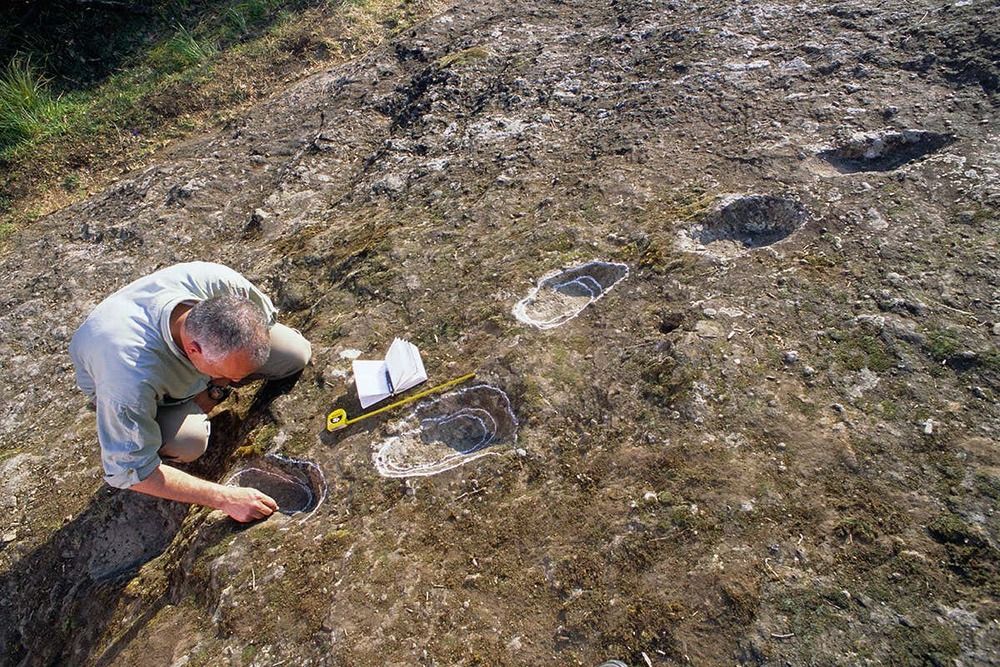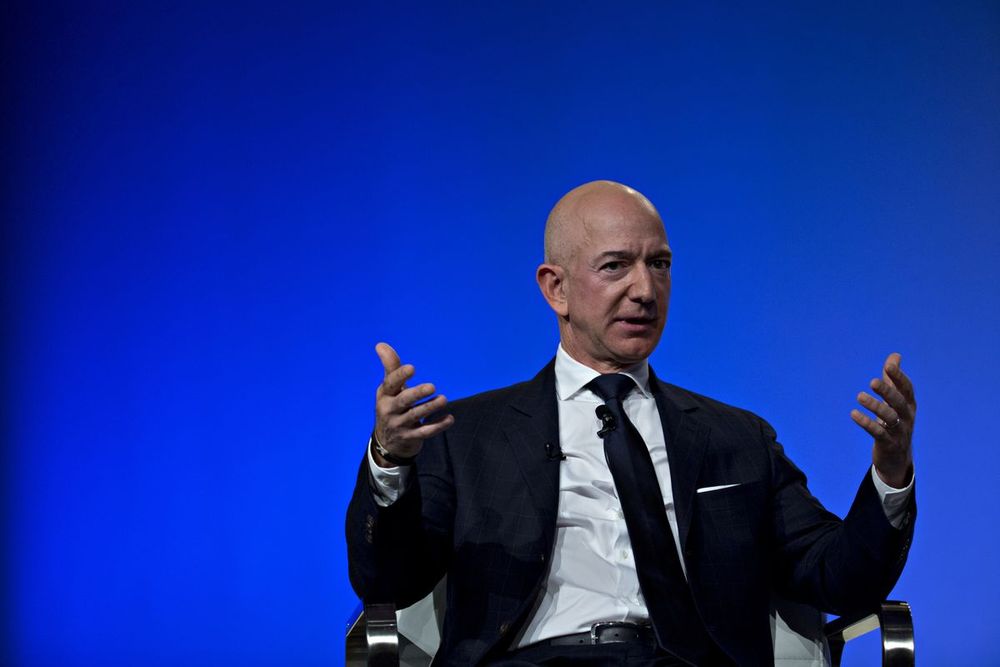Footprints on an extinct Italian volcano suggest ancient humans were regular visitors, and the shapes of the tracks point to the identity of the trackmakers.




Watch it 👇.
MOTHERBOARD met up with Russian billionaire Dmitry Itskov at his Global Future 2045 Conference in New York City to talk about immortality, spirituality, and the coming age of cybernetic avatar-based living.
Suscribe to MOTHERBOARD! http://bit.ly/17CdIPk
Follow us on Facebook: http://on.fb.me/ZPHrSf
And on Twitter: http://bit.ly/Wb05QZ
And on Tumblr: http://motherboardtv.tumblr.com/

United Nations experts said the Saudi Crown Prince Mohammed bin Salman was possibly involved in hacking the cellphone of Amazon.com Inc. Chief Executive Officer Jeff Bezos and have called for an investigation.

Circa 2018 I think the death toll is still too high to be measured still.
In an echo of Latin America’s “Dirty Wars,” tens of thousands of people have vanished in Mexico, leaving mothers behind to search for their corpses. This time the violence, linked to criminal networks, is more complex and more intractable.



56 million people died in 2017.1 What caused their death? How did the causes of death change over time and differ between different countries and world regions? And what are the risk factors that lead to early death? These are the big questions we are answering here.